- Home
- Articles
- Architectural Portfolio
- Architectral Presentation
- Inspirational Stories
- Architecture News
- Visualization
- BIM Industry
- Facade Design
- Parametric Design
- Career
- Landscape Architecture
- Construction
- Artificial Intelligence
- Sketching
- Design Softwares
- Diagrams
- Writing
- Architectural Tips
- Sustainability
- Courses
- Concept
- Technology
- History & Heritage
- Future of Architecture
- Guides & How-To
- Art & Culture
- Projects
- Interior Design
- Competitions
- Jobs
- Store
- Tools
- More
- Home
- Articles
- Architectural Portfolio
- Architectral Presentation
- Inspirational Stories
- Architecture News
- Visualization
- BIM Industry
- Facade Design
- Parametric Design
- Career
- Landscape Architecture
- Construction
- Artificial Intelligence
- Sketching
- Design Softwares
- Diagrams
- Writing
- Architectural Tips
- Sustainability
- Courses
- Concept
- Technology
- History & Heritage
- Future of Architecture
- Guides & How-To
- Art & Culture
- Projects
- Interior Design
- Competitions
- Jobs
- Store
- Tools
- More
Exploring the Relationship Between Design and Construction for Successful Projects
Discover the critical relationship between design and construction in architecture. This article explores how collaboration, planning, innovation, and sustainability shape successful projects. Learn about the roles of architects and builders, the impact of effective communication, and strategies like Integrated Project Delivery and Building Information Modeling to overcome common challenges.

In the world of architecture and building, the synergy between design and construction is crucial. It’s not just about creating stunning visuals; it’s about translating those visions into tangible structures that stand the test of time. When we understand this relationship, we unlock the potential for innovative solutions that enhance both functionality and aesthetics.
Design lays the groundwork for what can be achieved, while construction brings those ideas to life. Each phase influences the other, ensuring that the end result meets both the creative aspirations and practical requirements. By exploring this dynamic interplay, we can appreciate how effective collaboration between designers and builders leads to successful projects that resonate with both form and purpose.
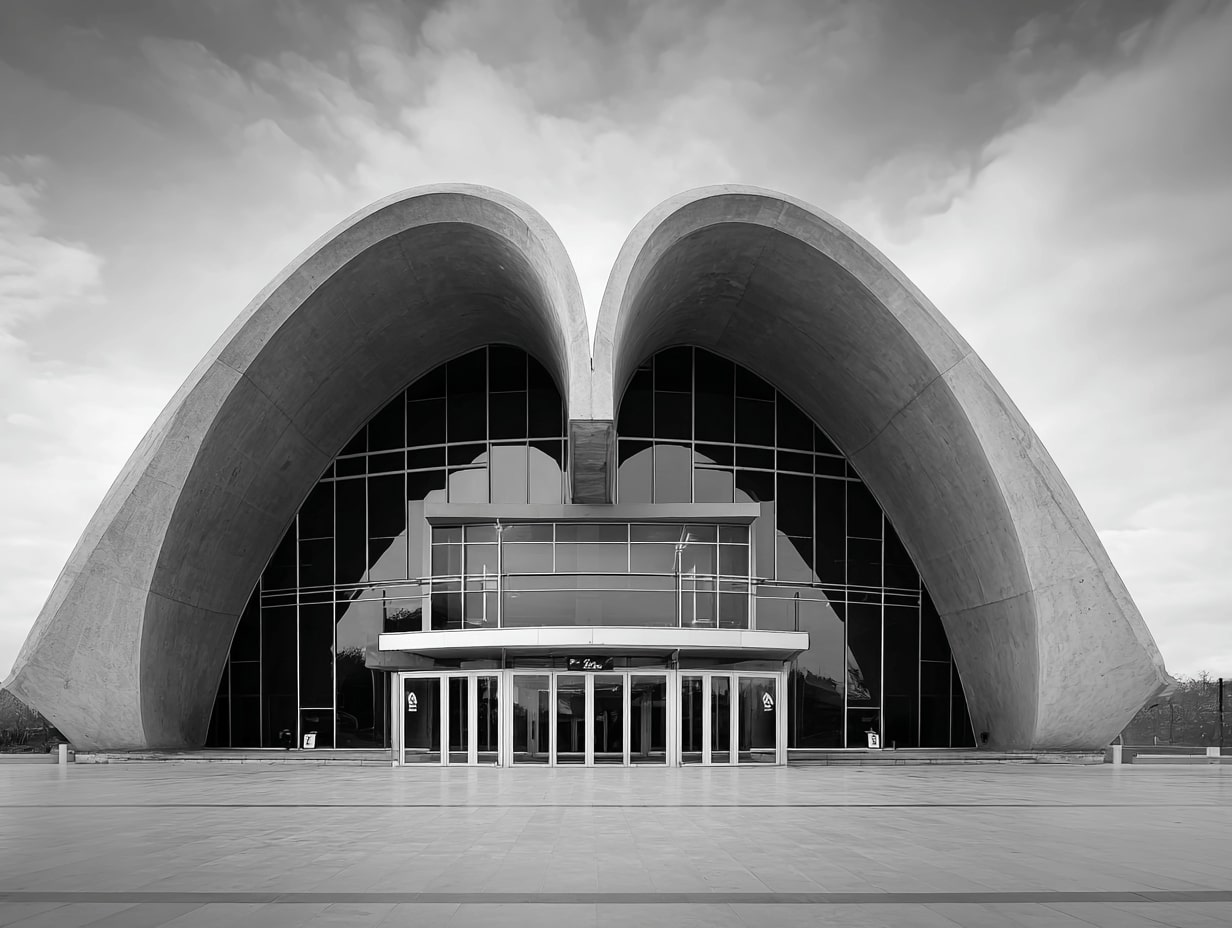
Table of Contents
ToggleOverview of The Relationship Between Design and Construction
The relationship between design and construction forms the backbone of successful architectural projects. Design serves as the blueprint, outlining the vision and functionality of a structure. Construction, on the other hand, transforms these ideas into tangible reality.
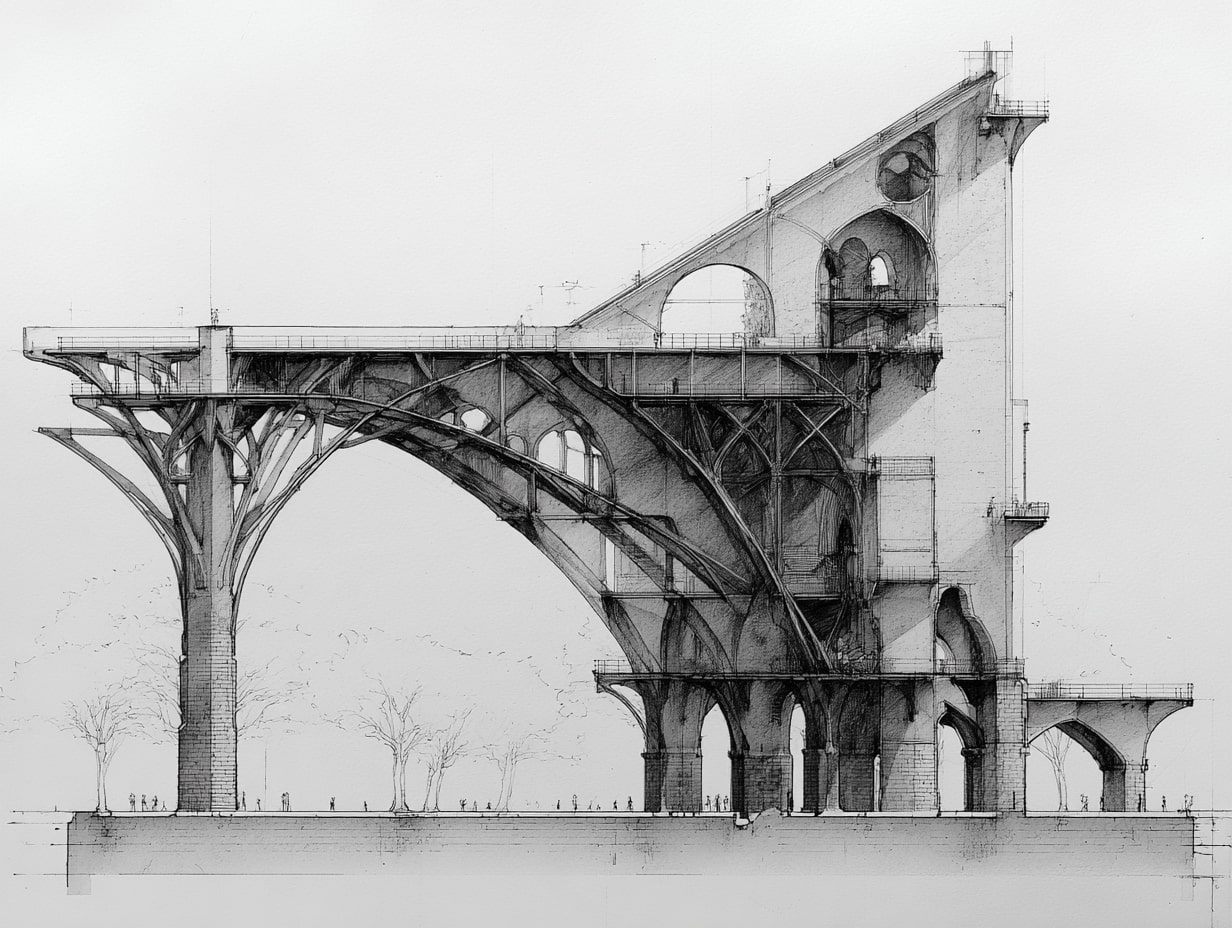
Several key factors influence this dynamic relationship:
- Collaboration: Effective communication between designers and construction teams ensures that architectural intentions align with practical constraints. Regular meetings and feedback loops facilitate this synergy.
- Planning: Thorough planning during the design phase allows for identifying potential challenges early in the construction phase. This foresight minimizes delays and budget overruns.
- Innovation: Advances in materials and technology can inspire innovative designs. Designers who stay updated on new trends can push boundaries, while construction teams can implement these cutting-edge concepts.
- Sustainability: Integrating sustainable practices into both design and construction phases enhances resource efficiency. Thoughtful design choices can lead to eco-friendly construction processes, promoting long-term environmental benefits.
- Compliance: Adhering to building codes and regulations is critical. Engaging with construction teams during the design phase helps ensure compliance, fostering smoother execution.
These factors illustrate how interconnected design and construction truly are. By understanding and nurturing this relationship, we can create structures that are not only visually appealing but also functional and enduring.
The Importance of Design in Construction
Design plays a pivotal role in construction, shaping not just the aesthetics but also the performance of buildings. A strong foundation in design principles directly influences project success.

Understanding Design Principles
Understanding design principles is essential for effective collaboration in construction. Key elements include balance, proportion, and functionality.
- Balance: Balanced designs distribute weight evenly for stability.
- Proportion: Proportion affects the visual harmony of spaces, ensuring they serve their intended purpose.
- Functionality: Functional designs address the practical needs of users, enhancing usability and comfort.
By prioritizing these principles, we create structures that fulfill both aesthetic and practical demands, fostering a seamless connection between design and construction.
Impact on Project Outcomes
The impact of design on project outcomes cannot be overstated. Effective design leads to several positive results:
- Efficiency: Streamlined designs reduce construction time and costs, delivering projects on budget.
- Quality: High-quality designs lead to durable structures that withstand wear and tear, promoting longevity.
- Safety: Thoughtful design enhances safety, minimizing risks for occupants and construction workers alike.
- Sustainability: Sustainable designs incorporate eco-friendly materials and methods, aligning with global environmental goals.
Each of these outcomes illustrates how thoughtful design directly connects to construction success, underscoring the need for a collaborative approach throughout the project lifecycle.
Key Roles in The Design and Construction Process
Each role in the design and construction process significantly impacts the overall project outcome. Understanding these key roles clarifies how collaborative efforts yield successful structures.
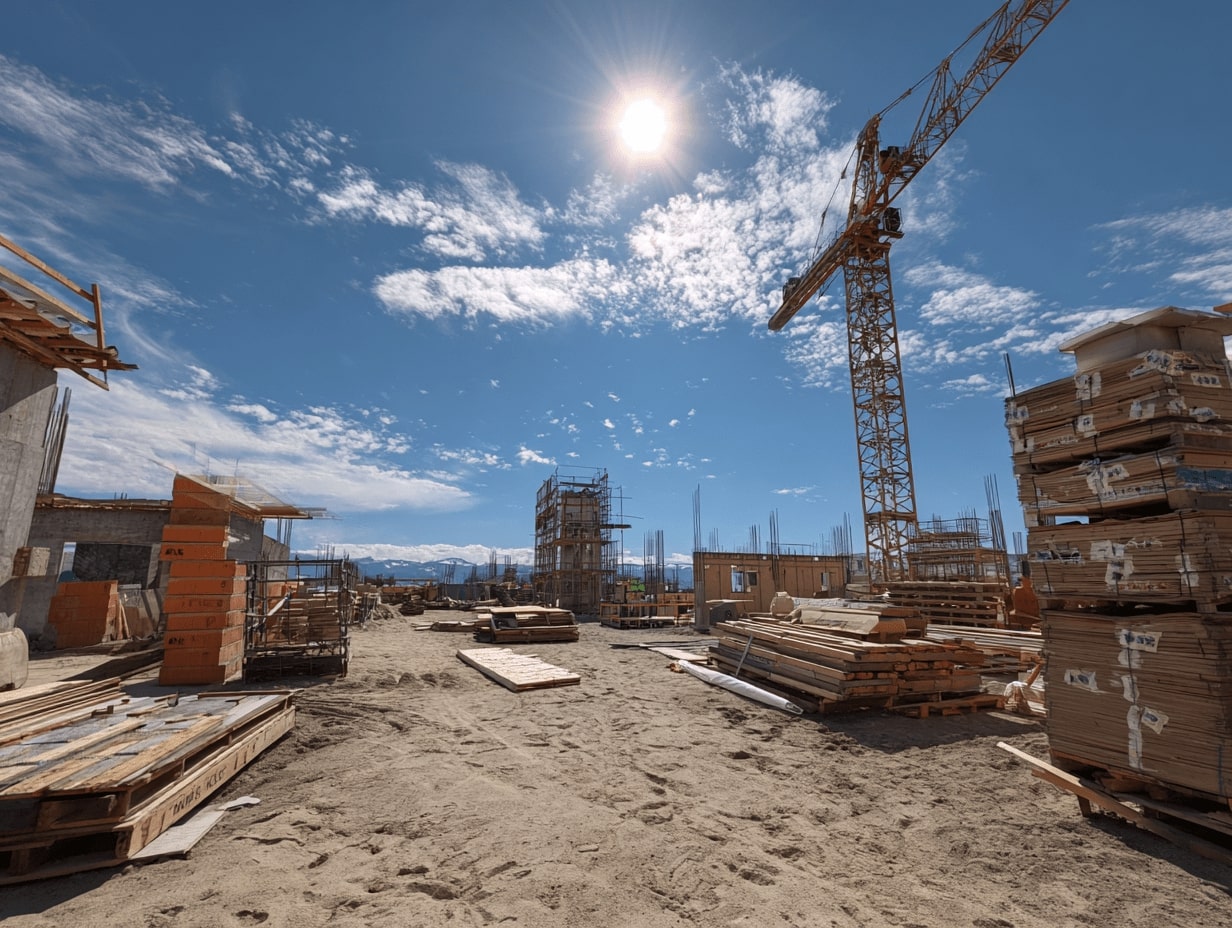
Architects and Designers
Architects and designers focus on the aesthetic and functional aspects of a project. They develop initial concepts, create detailed drawings, and specify materials. Their responsibilities include:
- Concept Development: Generating innovative ideas that reflect client needs and site conditions.
- Drafting and Modeling: Producing accurate blueprints and 3D models to visualize the project.
- Regulatory Compliance: Ensuring designs meet local building codes and zoning laws.
- Collaboration: Working closely with clients and stakeholders to incorporate feedback and adjustments.
- Sustainability Integration: Implementing eco-friendly practices by selecting sustainable materials and energy-efficient solutions.
Architects and designers set the stage for construction, balancing creativity with practical considerations that guide subsequent phases.
Contractors and Engineers
Contractors and engineers translate design concepts into reality. They manage the construction process and ensure that projects adhere to specifications. Their responsibilities include:
- Project Management: Overseeing day-to-day operations, scheduling, and resource allocation.
- Site Preparation: Preparing the site for building through excavation and foundation work.
- Quality Assurance: Monitoring construction progress and materials to maintain design integrity and safety standards.
- Problem Solving: Addressing challenges that arise during construction, making adjustments as needed.
- Safety Compliance: Enforcing workplace safety measures to protect workers and the public.
Contractors and engineers play a crucial role in executing designs effectively, blending technical expertise with hands-on implementation to achieve project goals.
Challenges in The Relationship Between Design and Construction
Navigating the relationship between design and construction involves significant challenges that can impede project success. Understanding these hurdles can lead us to more effective strategies for collaboration and execution.
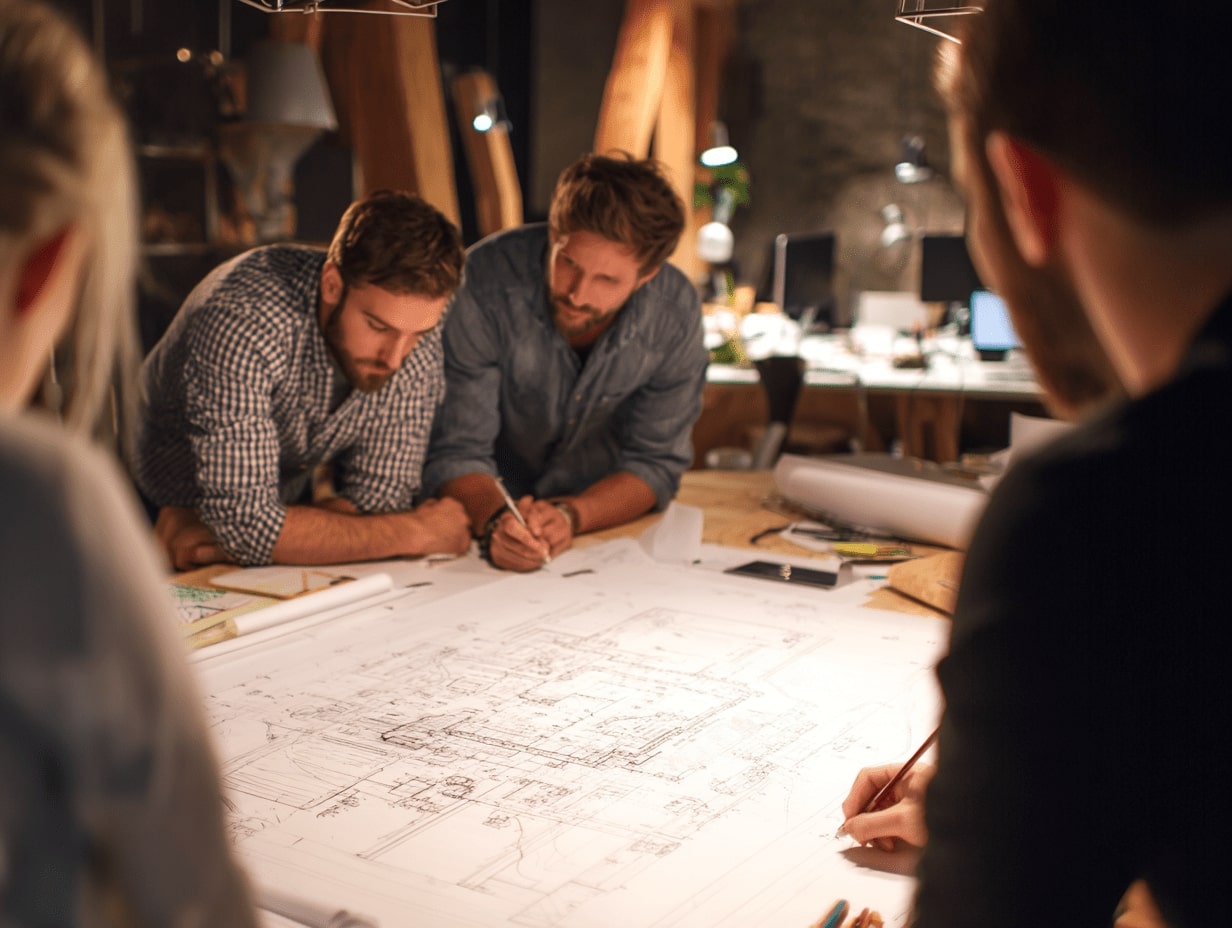
Communication Gaps
Communication gaps often arise between designers and construction teams, leading to misunderstandings. Inconsistent information sharing can result in misinterpretations of design intentions. Implementing regular meetings and utilizing collaborative tools fosters transparency and ensures everyone is aligned. Engaging all stakeholders from the onset enhances clarity and limits the potential for errors.
Budget Constraints
Budget constraints frequently challenge both design and construction phases. Designers may create ambitious concepts that exceed predefined budgets, while contractors face pressure to deliver quality within limited financial resources. Structuring budgets early in the planning phase promotes realistic design expectations. Regular budget reviews throughout the project help control costs and facilitate necessary adjustments without compromising overall vision and quality.
Best Practices for Enhancing Collaboration
Enhancing collaboration between design and construction teams leads to more successful project outcomes. Implementing best practices fosters effective teamwork and keeps projects aligned with their goals.
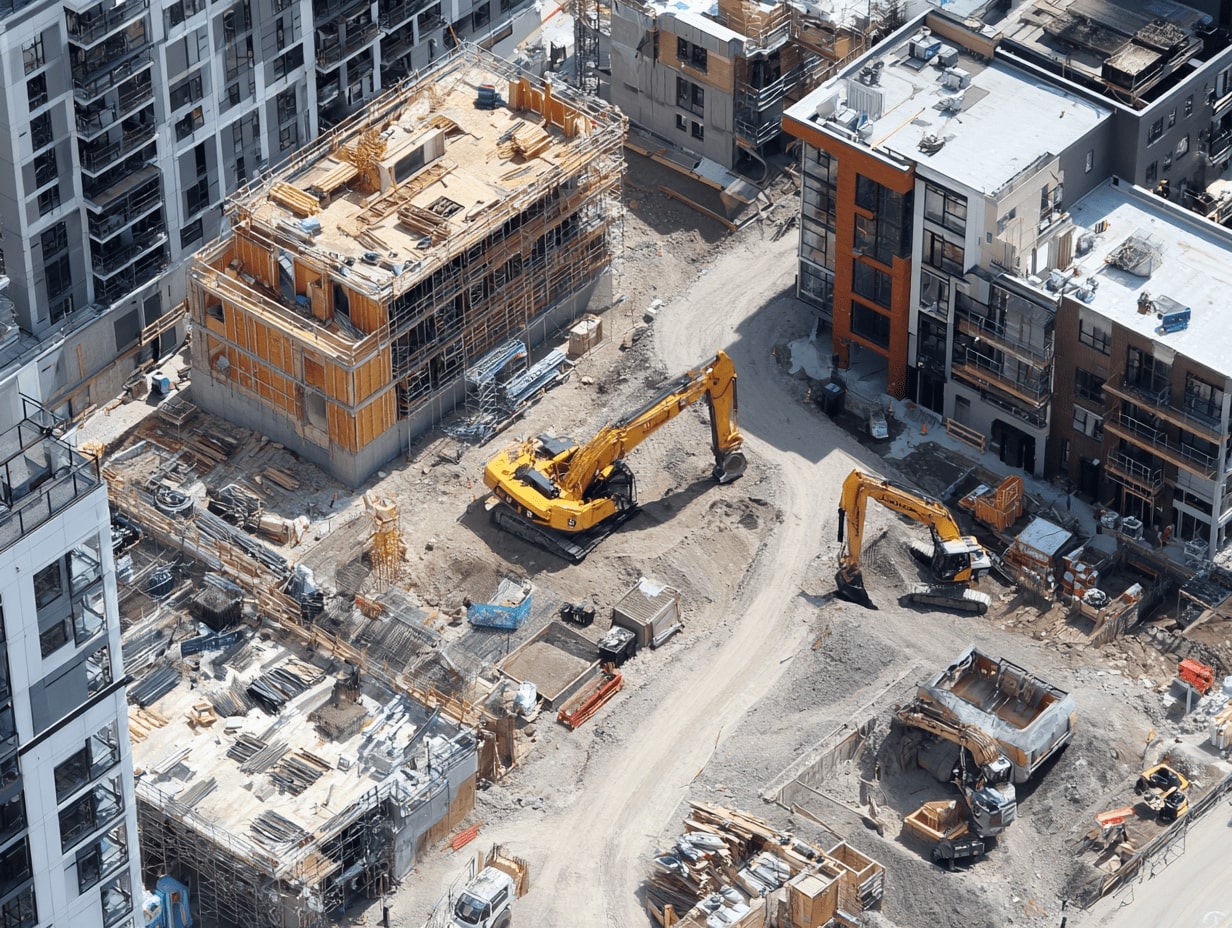
Integrated Project Delivery
Integrated Project Delivery (IPD) promotes collaboration by involving all key stakeholders—architects, engineers, contractors, and owners—from the project’s inception. By sharing risks and rewards, IPD enhances communication and decision-making, reducing delays and improving overall efficiency. We align project objectives and streamline processes, fostering an environment that encourages innovation. The integration of technology platforms, such as Building Information Modeling (BIM), further supports this collaboration by providing a shared digital workspace, allowing for continuous updates and real-time feedback throughout the project lifecycle.
Regular Communication Strategies
Regular communication strategies strengthen collaboration between design and construction teams. Weekly meetings ensure all stakeholders remain aligned on project updates, challenges, and expectations. Implementing collaborative tools, such as project management software, enables easy information sharing and transparent status tracking. Establishing clear communication protocols, including defined points of contact, reduces misunderstandings and ensures that all voices are heard. We encourage utilizing visual aids, like progress charts and schedules, to clarify goals and timelines, enhancing overall project coherence and accountability.
Conclusion
Understanding the relationship between design and construction is vital for successful architectural projects. We see that collaboration between designers and builders fosters alignment, ensuring that the vision translates effectively into reality. This synergy enhances not only the aesthetic aspects of a project but also its practicality.
We recognize that thorough planning during the design phase plays a critical role. Identifying challenges early allows us to mitigate delays and manage budgets more effectively. By embracing innovation and utilizing advanced materials and technology, we encourage creativity while ensuring that construction teams can implement these ideas seamlessly.
Sustainability remains a top priority, helping us maximize resource efficiency and reduce environmental impact. Compliance with building codes and regulations early in the design process ensures smoother execution, paving the way for successful completion.
We emphasize that each role within the design and construction teams holds significant weight. Architects and designers focus on creativity and compliance, whereas contractors and engineers bring those designs to life, overseeing construction and ensuring quality. This interplay confirms that our collective efforts are essential in achieving project success.
Addressing challenges, such as communication gaps and budget constraints, proves critical to our progress. Implementing regular meetings and utilizing collaborative tools enhance transparency and alignment. Adopting best practices like Integrated Project Delivery (IPD) and leveraging technology such as Building Information Modeling (BIM) further strengthens our dialogue and decision-making processes.
By nurturing the interconnectedness of design and construction, we create structures that exemplify not just beauty but functionality and longevity. Each step taken toward collaboration reinforces our commitment to excellence in architecture, ensuring that our projects achieve both visionary intentions and practical success.
- architectural design and construction
- architecture and construction integration
- building design process
- collaborative construction techniques
- construction design strategy
- construction process optimization
- construction project management
- construction project planning
- Construction Project Success
- design and build methodology
- design and construction collaboration
- design and construction projects
- design build services
- design construct approach
- design-build project delivery
- innovative construction design
- integrated design and construction
- project design coordination
- relationship between design and construction
- successful construction projects
Submit your architectural projects
Follow these steps for submission your project. Submission FormLatest Posts
Key Features to Look for When Investing in Construction AI Cameras
Continuous monitoring is crucial on construction sites for effective accident prevention. Artificial...
Why Legal Support Is Critical After a Serious Construction Accident
If you are dealing with a construction accident or have ever watched...
7 Common Myths Every Contractor Should Stop Believing
The construction landscape is a complicated place at the best of times,...
Automation in Construction: Why Human Safety Still Matters
Automation in construction can cut injuries, but new risks emerge. Learn practical...











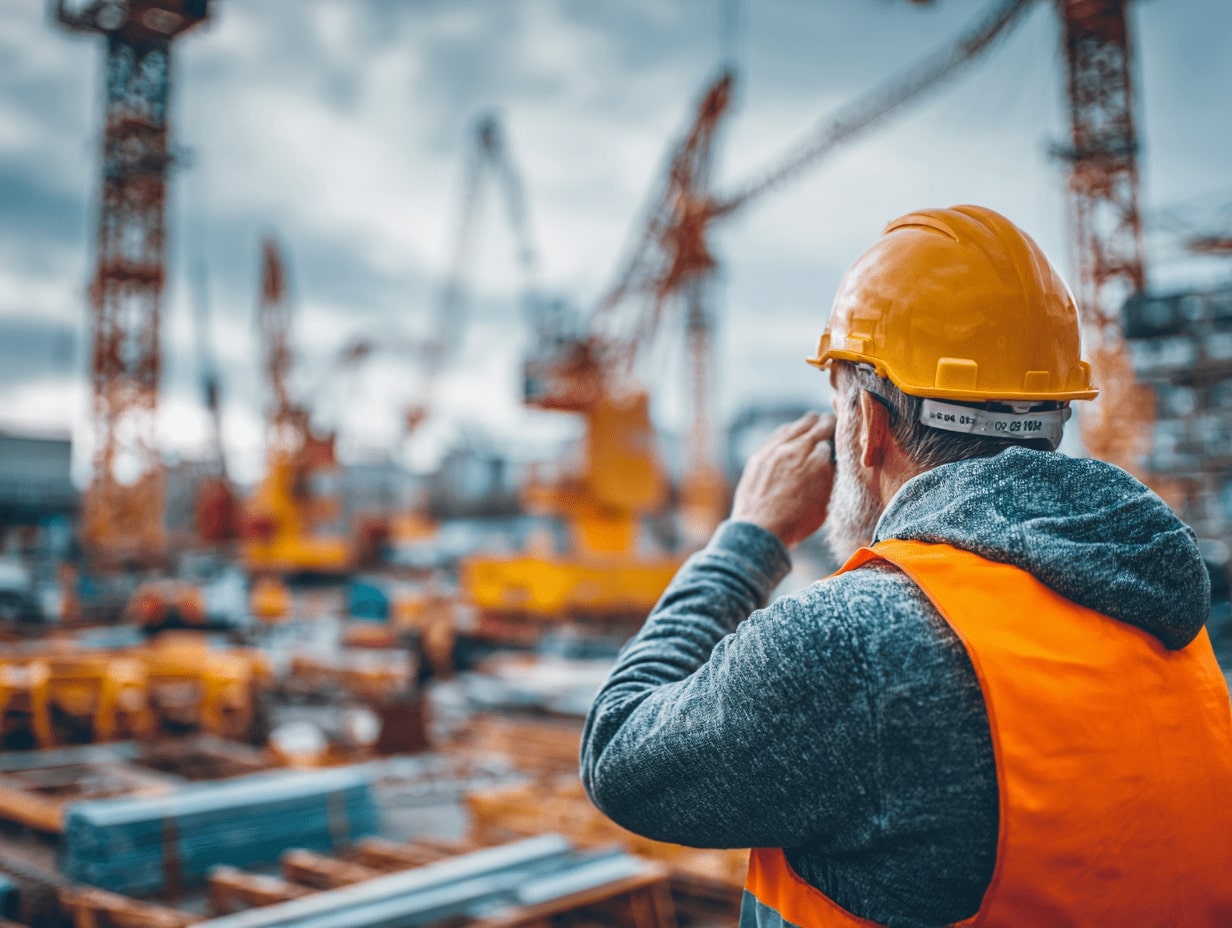
Leave a comment